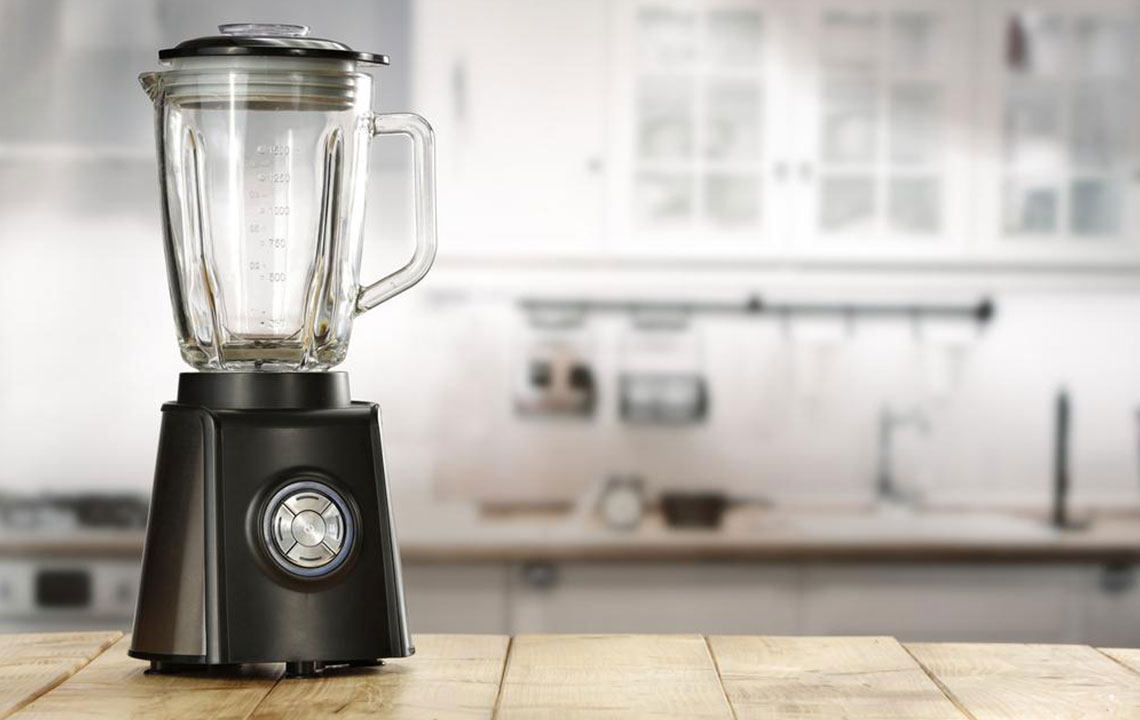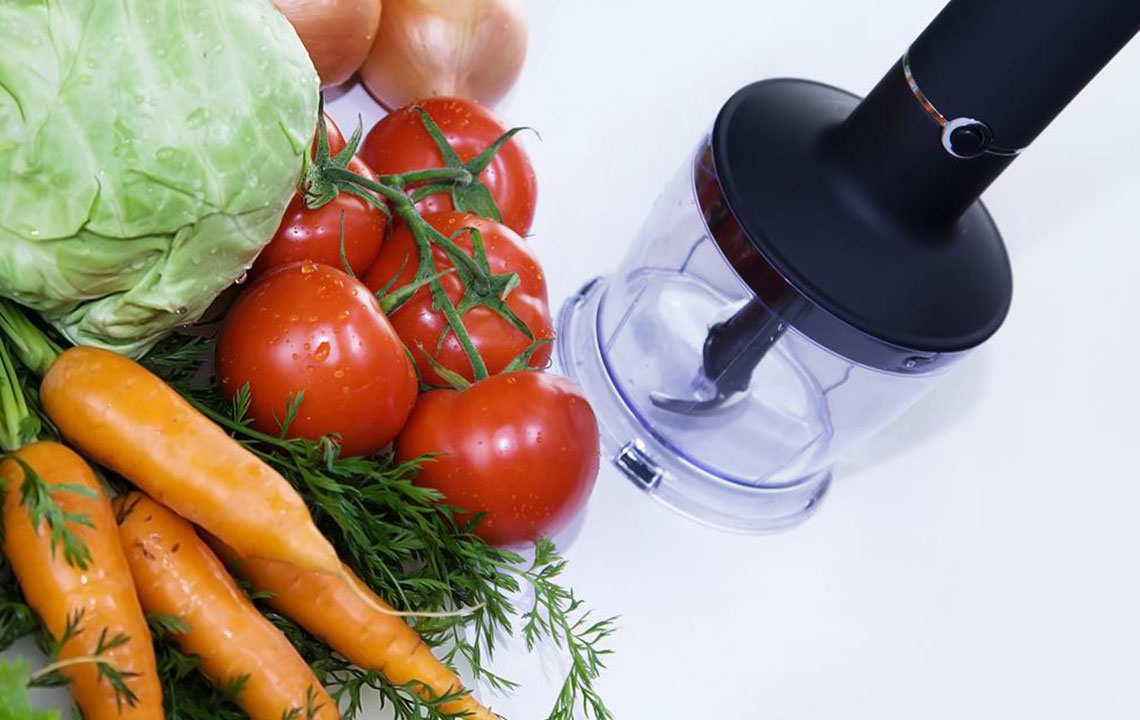Key Elements of a Blender Every User Should Know
This article covers the essential components of a blender, including the motor unit, blades, gasket, container, jar support, and lids. Understanding these parts can help in proper maintenance and troubleshooting of your appliance. Learn how each part contributes to the blender’s functionality and durability.

Crucial Parts of a Blender You Should Be Familiar With
Blenders are indispensable kitchen tools that function effectively thanks to several vital components. Recognizing these parts can enhance maintenance and troubleshooting. Here's a brief overview of the main elements of a blender.
Motor Unit
The motor unit forms the backbone of the blender, housing the motor that drives the blades. It also features the control interface, allowing users to choose different blending settings and adjust speeds for diverse textures and ingredients.
Blades and Gasket
The blades are essential for chopping, mixing, or pureeing food items. Usually crafted from stainless steel, they can have two, three, or more cutting edges. A rubber gasket or gasket ring ensures a leak-proof seal between the blades and jar, preventing spills during operation.
Container
The container holds ingredients and is typically made of glass or plastic. It sits on the base and is secured with a lid to keep contents from spilling during blending.
Jar Support
The jar support stabilizes the container and connects it to the motor assembly. Usually round with a central opening, it provides support and helps facilitate effective blending. Material options vary based on the blender’s design.
Lids and Tamper Caps
Lids prevent splashes and spills during blending and may include a small hole for adding ingredients without removing the lid. Tamper caps enable ingredient addition during operation and are available in various materials such as rubber, plastic, or glass.


